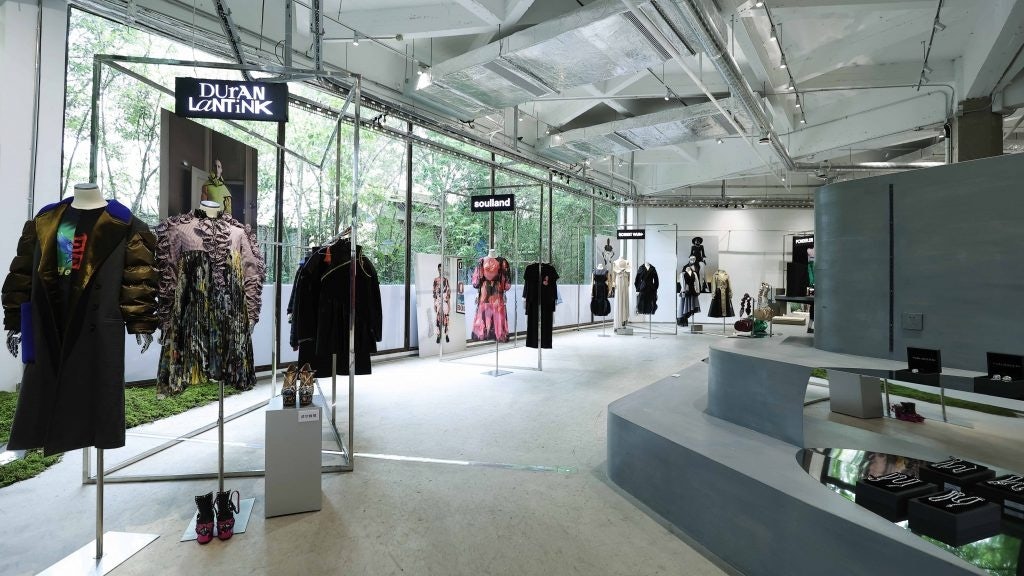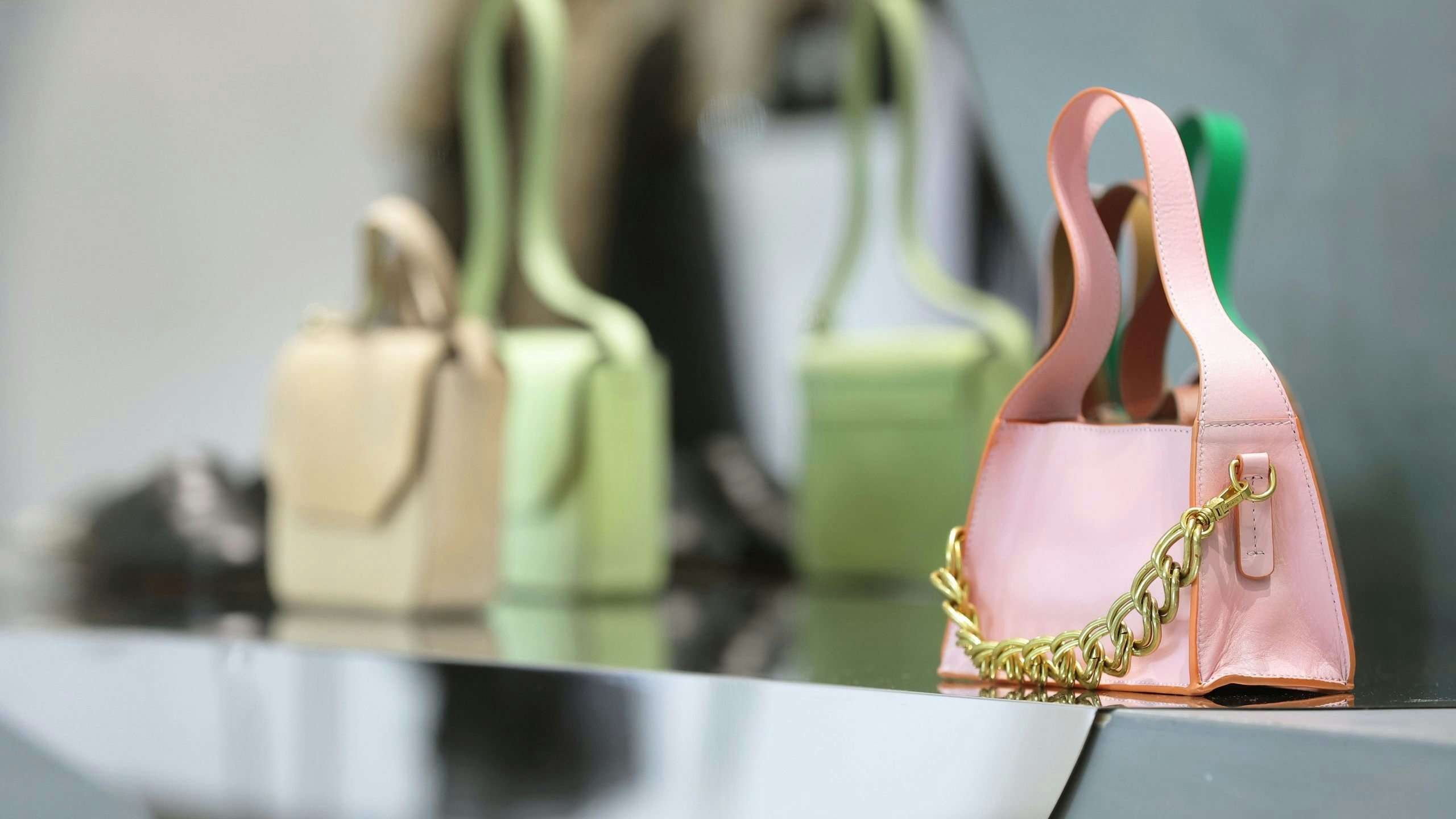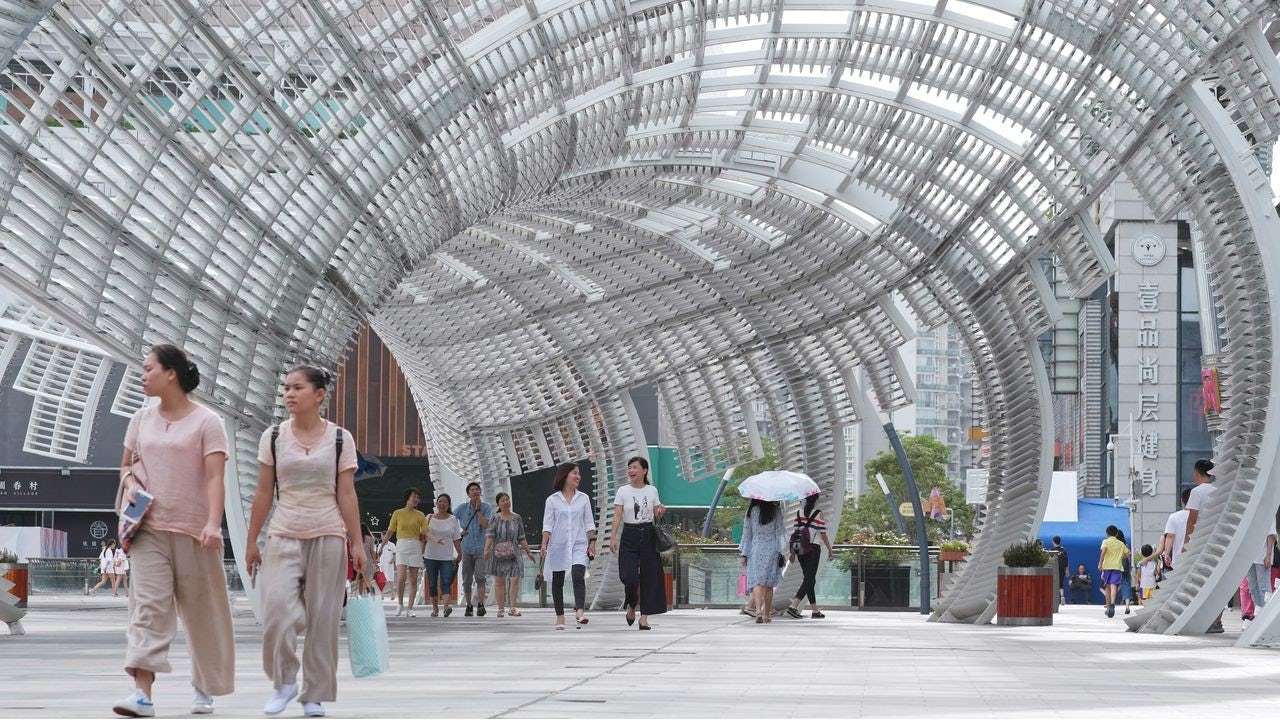Where you find a promising fashion week you might find China’s next big fashion capital. Hot on the heels of fashion weeks in Shanghai and Taipei comes Shenzhen’s take on the B2B model. And, given China’s importance in global luxury, it's little wonder the country’s domestic fashion weeks are bolstering.
As if on cue, the newly biannual Shenzhen Fashion Week has upped its game this season. More than 300 fashion brands and designers showed in over 105 runways in various districts around the metropolis —an increase of nearly 30 percent compared to April’s edition.
As part of its offline expansion, it introduced Revelation, a new hub for hotly tipped, global talent curated by famed stylist and member of the Jing Daily community, Declan Chan. The “co-exhibition” brought together an innovative selection and mix of seasons ranging from archival to Spring 2022 from Robert Wun, Boramy Viguier, Published By, and Manu Atelier, among others.
Here, Jing Daily analyzes Shenzhen Fashion Week’s appeal for names looking to tap into China’s booming billion-dollar luxury market.

Revelation's installation at Shanghai Fashion Week. Photo: Shenzhen Fashion Week
One of the top four first-tier cities in China, Shenzhen’s GDP in 2020 exceeded 429 billion, putting it in the top five cities in Asia; it’s also China’s so-called “youngest” city. The population of people aged 60 or above accounts for only 5.36 percent, making the event an ideal attraction for Gen Z and millennial fashion lovers.
As a key player in the development plan of the Guangdong-Hong Kong-Macao Greater Bay Area, the city is a hub for the Chinese fashion and tech industries (it launched internationally recognized titans such as Tencent and Huawei). This was on show last week: Pan Ming, president of the Shenzhen Fashion Association, introduced 360-degree immersive dome-screen technology, as well as the ambition to create green and sustainable, low-carbon fashion at the opening ceremony.
But how does it stack up against other plethora of fashion weeks in China? According to Cedric Morée, a fashion brand strategy consultant based in the city, Shenzhen Fashion Week is “definitely a level above” many of the other local events. “There are a handful of heavyweight local brands such as Marisfrolg and ELLASSAY, as well as some edgy upcoming brands like odbo. Consequently, SZFW attracts serious attention from the media and fashion buyers,” he explained.
A spokesperson for the organizing committee confirmed for Jing Daily that the showrooms excluded sales, therefore, the ROI was purely based on visibility: “Getting names and products on the industry’s radar.” Media stalwarts such as Harper's Bazaar, T Magazine, Toutiao News, Shenzhen Evening News, and Luxe.co were all on the organizer’s invite list as were idols and local KOLs. Faces like Wenjun and other Shenzhen local KOLs, Youth With Youmembers like Lu Keran and Sun Yinghao, fashion bloggers like @FashionWealth with 4.6 million followers and @Makina boasting 3.8 million fans, were filtered on Weibo.
The “Revelation” platform was also open to the public for a 3-day slot and given the flexible ROI it took the form of a more curated and musicological presentation. “The biggest difference is the showroom applies the same standards as an exhibition, using concepts and sets to communicate each designer’s universe,” Declan Chan added. The “seasonless” approach reinforced this strategy.
While the likes of cult-favorite Robert Wun used archive pieces to showcase his DNA, Turkish accessories brand Manu Atelier used the space to build brand awareness and connect with the local audience through Spring 2022. Co-founder and creative director Beste Manastir stated: “Events are important to us so as it’s a chance for people to really feel and discover our products, it’s always different when you can touch and feel a product.”

Revelation's co-exhibition showcased niche brands such as Duran Lantink, Robert Wun, and Soulland. Photo: Shenzhen Fashion Week
Co-founder and sister, Merve Manastir continued: “This event is the perfect addition as it brings the brand live to its followers and consumers. It is also a chance for them to exclusively discover the products from the new collection before its actual launch online (in mid-November) and therefore adds a sense of exclusive access into the brands universe.”
The world of this Gen-Z and millennial-driven label is already making an impression with consumers and has a strong stockist on the mainland: JD.com, NAP China, Tmall, Lane Crawford. As the duo’s first physical outing in China, this strategy to grow via these retailers is boosted by its already developed social network on platforms like WeChat, Weibo, and Xiaohongshu.
While Morée was clear that “no other fashion week will replace Shanghai any time soon,” he believes that Shenzhen “is very influential for the south of China” given its reputation as a tech hub and young engaged population.” With the county’s fashion week circuit varied and vast, it's impossible to compete with Shanghai. But this model certainly presents a more forgiving opportunity to test the retail landscape.

